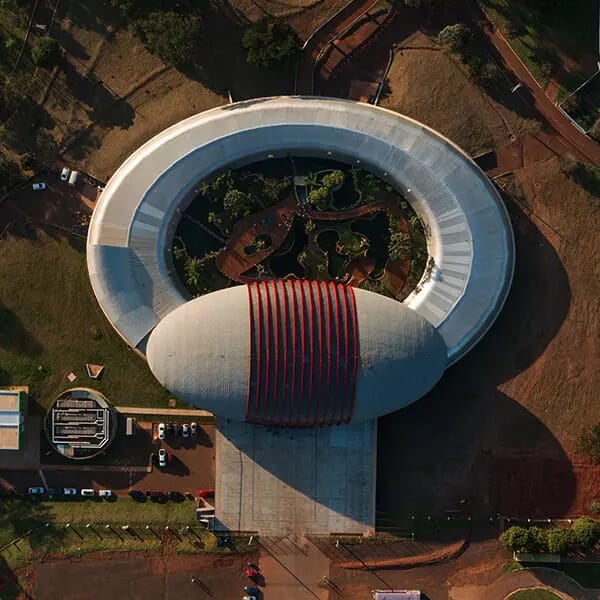 Credit: Liufuyu / Envato Elements
Credit: Liufuyu / Envato ElementsPLI scheme for solar manufacturing - Boon to India's renewable energy sector?
Impact of Production-linked incentive (PLI) scheme on the Indian Solar Sector
The discussions centred around impacts and effects of the PLI scheme on Indian Solar Sector. The Government of India aims to expand the ambit of the scheme to include sectors like solar, food processing and textiles to boost India’s manufacturing output by USD 520 billion in next 5 years. The inclusion of the solar sector in the scheme with a commitment of INR 4,500 Cr (USD 6 Billion) has been lauded throughout the solar industry by developers and manufacturers alike.
Brief background and PLI Announcement
The Indian solar PV manufacturing units have been operational for more than 20 years but have not achieved the required economies of scale to compete with low priced Chinese modules on global platform, As a result the solar PV module manufacturing sector could not flourish and solar power developers have relied heavily on importing solar PV modules from China. There are several factors which contribute to the higher cost of Indian modules, including high raw materials cost, high interest rates on working capital, lack of economies of scale, and no incentive for manufacturers to invest in R&D and innovation.
During the Union Budget presentation for Financial Year 2021-2022, the government of India has announced that under the Atma Nirbhar Bharat – Production Linked Incentive scheme a total of INR 4500 Cr (USD 6 Billion) will be committed towards ‘high efficiency solar PV modules’ which will be implemented by the Ministry of New and Renewable Energy to help promote and incentivize the production of solar PV modules in India. The PLI scheme will incentivize new Gigawatt scale solar PV manufacturing facilities. Under the PLI Scheme 10,000 MW capacity of integrated solar PV manufacturing plants will be set up by Q4 of 2022-23 with the direct investment for around Rs. 14,000 Cr. (USD 19 Billion) The PLI (in Rs/Wp) on sales of high efficiency modules will be given for 5 years. The scheme will be technology agnostic and will allow various new and upcoming technologies using crystalline silicon, thin film or any new materials. Furthermore, beneficiaries of PLI Scheme will be selected through a transparent bidding process. Preference will be given to the manufacturers who will set up integrated solar PV manufacturing plants of higher capacity. The bidder manufacturer has to fulfil the minimum performance parameters relating to efficiency of solar PV modules.
Promoting domestic solar PV manufacturing
Solar power is the cheapest source of power in the country with tariffs falling below INR 2 per unit of electricity. While the majority of the solar developers depend on imported modules from China, PLI announcement can act as a booster shot for the domestic manufacturing units and further help India to reduce its dependency on imported Chinese modules. The manufacturers are relying on reasonable return on the capex through the PLI scheme. Setting up a manufacturing plant at a low investment can provide a sizable duty differential for manufacturers. This is an opportunity for developers to get into manufacturing and do a backward integration and reach economies of scale and expand their business operations in the process. India needs ~25 GW of solar deployment every year for the next 5 years to meet its target which will get bolstered by the PLI scheme.
The PLI scheme has provided the right foundation to establish the manufacturing ecosystem in the country. To develop an ecosystem for any product in a given industry are, decision makers need to:
- Discourage the import of the product from other countries;
- Incentivise the production with government backed policies and schemes;
- Encourage the inhouse manufacturing with government support.
The PLI scheme coupled with BCD has provided the right balance for establishing the solar manufacturing ecosystem in the country.
Can India pose a serious challenge to China on manufacturing?
Indian solar PV manufacturing units have been operating since 1995 but with no major headway towards global export. This scheme has been a positive development for the manufacturing units. BCD along with PLI will provide the right push to reduce our dependence on China. Manufacturers coming up with new production lines and deploying latest technologies will benefit from this scheme and with continued support of the Government, India can target to reach the economies of scale in next 5 years and might even look to challenge China for global dominance in the module supply area.
Short-term challenges discussed by industry experts
- The Government has committed INR 4500 Cr(USD 6 Billion) spread over a period of 5 years which is not sufficient for the sector which is targeting ~25GW solar deployment each year. The commitment amount needs to be scaled up to meet India’s solar deployment demands over the next 5 years;
- China has a well-established supply chain ecosystem for solar PV manufacturing and this has provided China an edge over other manufacturers worldwide. The Indian supply chain ecosystem is dependent on China and to compete with China, the Indian manufacturers need to create and develop a supply chain ecosystem in order to achieve desired economies of scale;
- The solar PV manufacturers in China have enjoyed the support from the Government of China for the better half of almost two decades. India needs to decide if it wants to follow the same approach or focus on promoting R&D and innovation to help create a sustainable manufacturing ecosystem. Indian Developers and manufacturers in tandem with the Government of India need to pave a clear trajectory in this regard;
- The solar manufacturers are looking for clarity on how to take the PLI benefits into their business model as they go up increasing the production capacity.
The investors seek clarity on issues such as
- The long-term targets of the manufacturers and whether they would be investing in R&D and technology innovation for solar PV modules or simply following global technology trends;
- Due to lack of adequate testing laboratories in India, the investors are sceptical about the quality of the solar PV modules manufactured in India and hence hesitate to invest in;
- Extent of the warranty coverage the manufacturers are willing to provide on domestically produced modules.
As developers are looking to enter the manufacturing landscape, they need to proceed with caution and partner in a calculative way. Given the right environment and support, the PLI scheme can be a gateway for Indian manufacturers to enter the global market as a quality solar PV module supplier.



